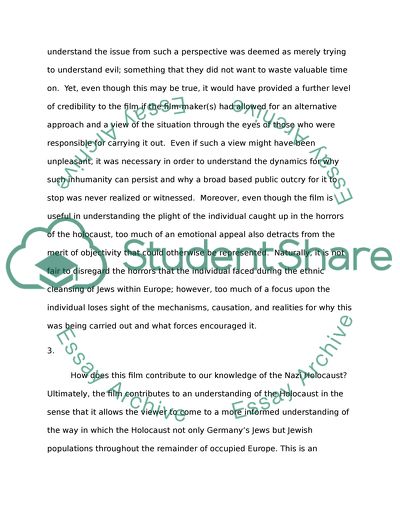Cite this document
(“Holocaust Essay Example | Topics and Well Written Essays - 1250 words”, n.d.)
Retrieved from https://studentshare.org/history/1490147-holocaust
Retrieved from https://studentshare.org/history/1490147-holocaust
(Holocaust Essay Example | Topics and Well Written Essays - 1250 Words)
https://studentshare.org/history/1490147-holocaust.
https://studentshare.org/history/1490147-holocaust.
“Holocaust Essay Example | Topics and Well Written Essays - 1250 Words”, n.d. https://studentshare.org/history/1490147-holocaust.


